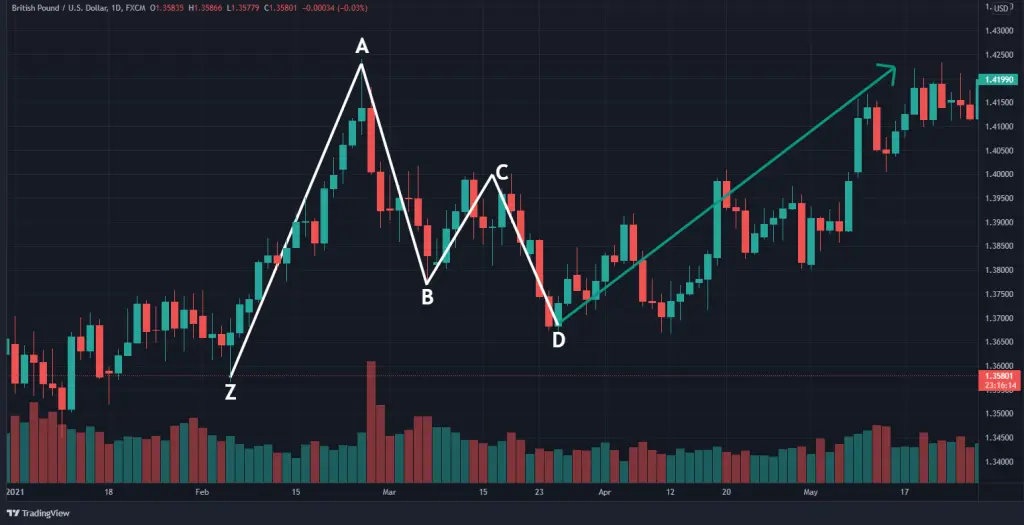The Complete Guide to Harmonic Pattern Trading
The financial markets in Malaysia have evolved significantly, with traders increasingly adopting sophisticated technical analysis methods. Harmonic Pattern trading represents one of the most mathematically precise approaches to market analysis. This method has gained substantial traction among Malaysian traders due to its structured framework and reliable predictive capabilities. The integration of Fibonacci relationships with geometric price patterns provides a unique perspective on market movements. Understanding these patterns has become crucial for traders seeking to optimize their trading strategies. Professional traders in Malaysia have reported significant success rates when properly implementing these patterns. The systematic approach offered by harmonic patterns helps eliminate emotional decision-making in trading.

Fundamental Principles of Harmonic Trading
Harmonic trading combines price pattern recognition with Fibonacci measurements to identify potential reversal points in the market. This sophisticated approach relies on the repetitive nature of price movements and their relationship to mathematical ratios. The patterns typically emerge during trending markets and provide clear entry and exit points for trades. Understanding the underlying principles helps traders identify high-probability trading opportunities. These patterns work effectively across different timeframes and market conditions. The mathematical precision involved helps reduce subjective interpretation of market movements. The systematic nature of harmonic patterns makes them particularly suitable for algorithmic trading systems.
Key Components:
Pattern Structure
- Geometric shape formation
- Specific swing points
- Fibonacci retracement levels
- Price action confirmation
- Time symmetry considerations
Technical Requirements
- Clear trend identification
- Volume confirmation
- Pattern completion verification
- Multiple timeframe analysis
- Risk management parameters
Advanced Pattern Recognition
| Pattern Type | Recognition Points | Typical Completion Time |
| Gartley | XABCD formation | 3-5 candles |
| Butterfly | Extended D point | 5-7 candles |
| Bat | Deeper retracement | 4-6 candles |
| Crab | Extreme extension | 6-8 candles |
Market Analysis
- Trend direction assessment
- Support/resistance identification
- Volume profile analysis
- Market sentiment evaluation
- Correlation checks
Entry Strategy
- Pattern completion confirmation
- Price action validation
- Volume confirmation
- Stop loss placement
- Target setting

Advanced Risk Management
Advanced Risk Management
Professional traders in Malaysia implement sophisticated risk management strategies when trading harmonic patterns:
Risk Control Measures:
- Position Sizing
- Stop Loss Placement
- Profit Target Levels
- Pattern Invalidation Points
- Market Correlation Analysis
Trading Psychology
The psychological aspect of harmonic pattern trading requires:
- Disciplined approach
- Patience in pattern formation
- Emotional control
- Strategic thinking
- Consistent execution
FAQ
How effective are harmonic patterns in volatile markets?
They perform well in volatile markets when combined with proper risk management.
What is the recommended timeframe for beginners?
Start with 4-hour and daily charts for clearer pattern formation.
Can harmonic patterns predict market crashes?
They can indicate potential reversals but shouldn’t be used as sole predictors.
How important is volume analysis with harmonic patterns?
Volume confirmation increases pattern reliability significantly.
What percentage of trades should be based on harmonic patterns?
Experienced traders typically allocate 30-40% of their portfolio to harmonic pattern trading.

